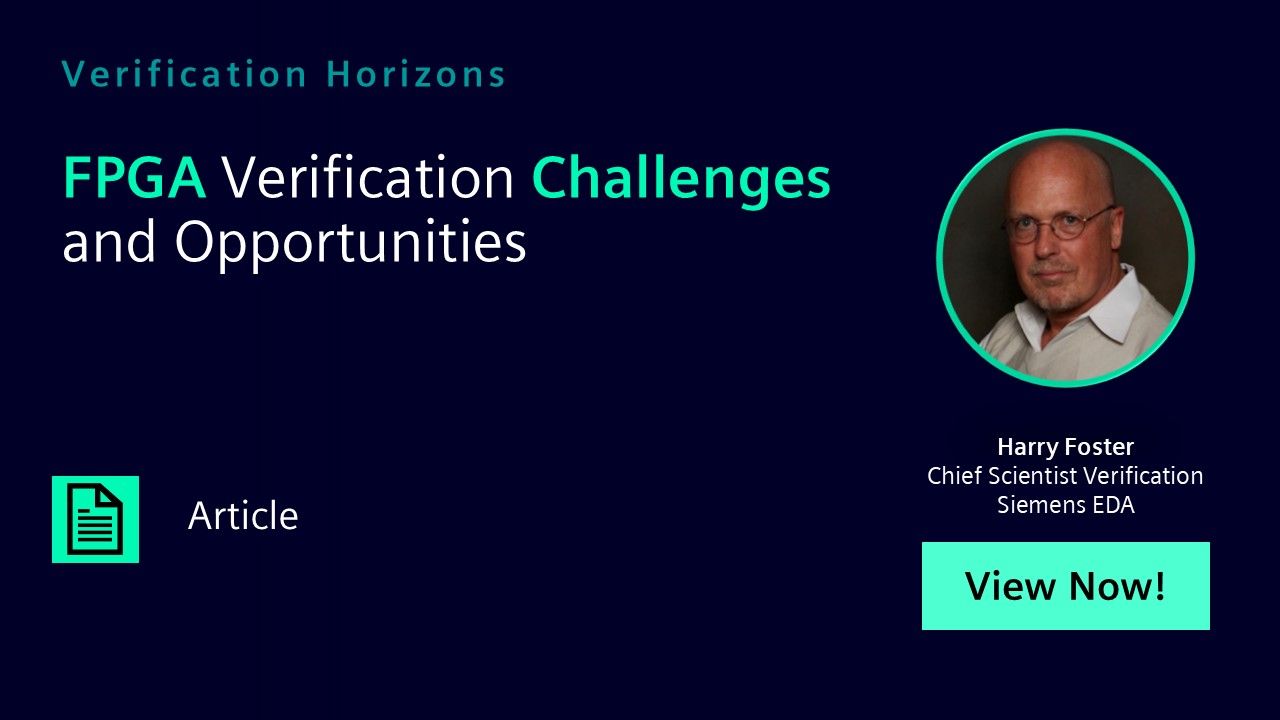FPGA Verification Challenges and Opportunities
There have been multiple studies on IC/ASIC functional verification trends published over the years.1,2,3,4 However, there are no published studies specifically focused on Field-Programmable Gate Array (FPGA) verification trends.

Full-access members only
Register your account to view FPGA Verification Challenges and Opportunities
Full-access members gain access to our free tools and training, including our full library of articles, recorded sessions, seminars, papers, learning tracks, in-depth verification cookbooks, and more.